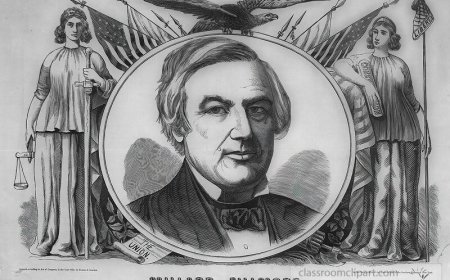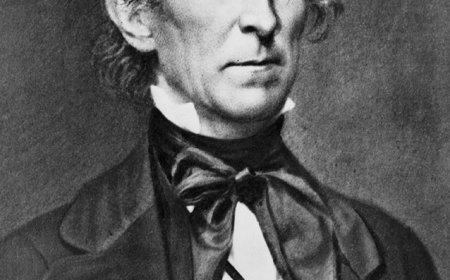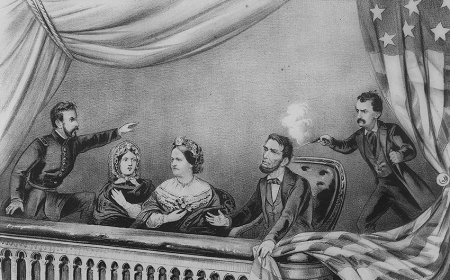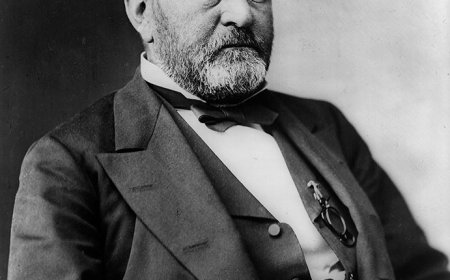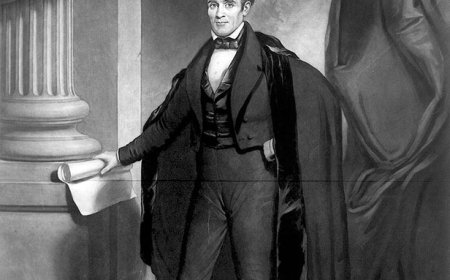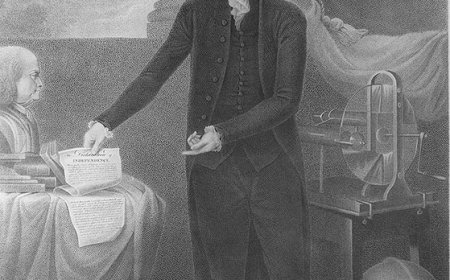Grover Cleveland's Second Term Biography for Students | The 24th President Returns
Explore Grover Cleveland’s second term as the 24th President of the United States. Learn how he returned to office after a rare re-election, faced a major economic depression, and made tough decisions about taxes, strikes, and gold—plus vocabulary, fun facts, a quiz, and a kid-friendly summary.
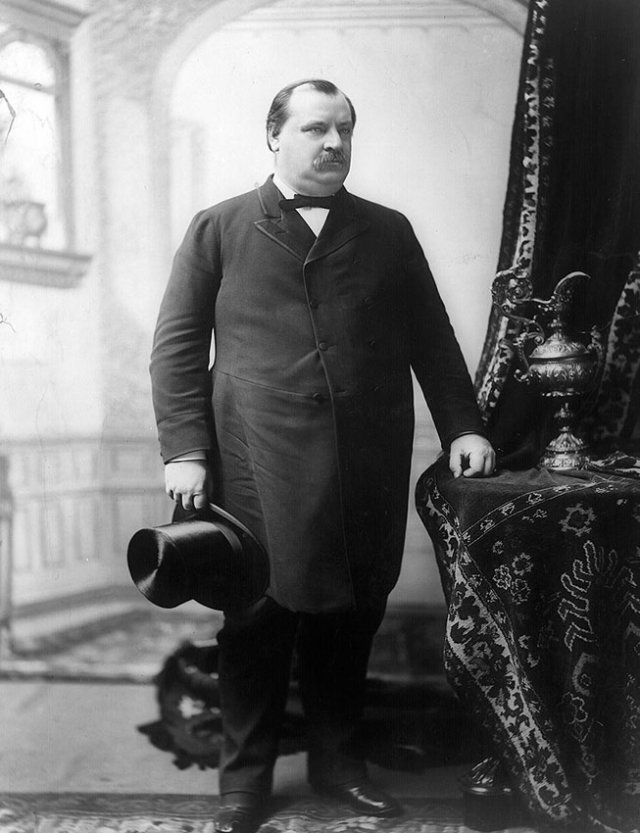
🇺🇸 Grover Cleveland's Second Term Biography for Students | The 24th President Returns
🧭 Introduction
Grover Cleveland made history when he became the only U.S. president to serve two non-consecutive terms, first as the 22nd president (1885–1889) and again as the 24th president (1893–1897). His second term was much harder than his first. He faced the Panic of 1893, one of the worst economic depressions in U.S. history, and had to make unpopular decisions to try to fix it. Even though many disagreed with him, Cleveland stayed true to his beliefs about limited government and honest leadership.
🇺🇸 How Cleveland Returned to Office
In the 1892 election, Grover Cleveland ran against President Benjamin Harrison, who had defeated him in 1888. This time, Cleveland won both the popular vote and the Electoral College, becoming the first (and only) president to return to office after losing a re-election.
The country was deeply divided over issues like:
- Tariffs (taxes on imported goods)
- The use of silver vs. gold to back money
- Government help for workers and farmers
Cleveland believed in limited federal power, even when the public wanted more government help.
⚠️ The Panic of 1893 and Economic Crisis
Soon after Cleveland took office in 1893, the country entered a deep depression known as the Panic of 1893. It was caused by:
- Overbuilding of railroads and industries
- Bank failures and stock market crashes
- A shortage of gold reserves
People lost jobs, banks closed, and the economy nearly collapsed.
Cleveland believed in keeping the U.S. on the gold standard (using gold to support money), and he repealed the Sherman Silver Purchase Act, which had increased the use of silver money. This made some people angry, especially farmers and silver miners, who wanted silver to remain part of the money system.
🚂 The Pullman Strike and Labor Trouble
In 1894, workers at the Pullman Palace Car Company went on strike to protest wage cuts and high rents. The strike spread across the country and disrupted train service and mail delivery.
Cleveland sent in federal troops to stop the strike, saying it was needed to keep the trains moving and protect the mail.
- Many people thought he was too harsh on workers
- Others praised him for keeping order
This event showed the growing tension between business, labor, and government during the Industrial Age.
🧾 Tariffs, Taxes, and Political Challenges
During his second term, Cleveland faced trouble with:
- The Wilson-Gorman Tariff Act, which was meant to lower tariffs but got changed by Congress
- A new income tax, which was later ruled unconstitutional by the Supreme Court
- Divisions within his own Democratic Party, especially over the gold vs. silver debate
Cleveland continued to use his veto power often and stayed committed to his principles, even when his party turned against him.
⚖️ Civil Service Reform and Foreign Policy
Though overwhelmed by domestic problems, Cleveland also:
- Continued supporting civil service reform, so government jobs were given based on merit
- Opposed the U.S. annexation of Hawaii, wanting to respect native Hawaiian rule
- Warned Britain to stay out of a border dispute in Venezuela, defending the Monroe Doctrine
He believed in peaceful diplomacy and was cautious about using U.S. power abroad.
🧠 Cleveland’s Leadership Style
Grover Cleveland was known for:
- Being honest and independent
- Disliking political tricks or favors
- Making tough decisions, even when unpopular
- Believing the president should follow the law and Constitution, not chase popularity
His old-fashioned style made him a symbol of integrity, but also left him isolated and criticized by many during hard times.
🧾 End of Term and Legacy
Cleveland left office in 1897, exhausted and unpopular due to the depression and his strict policies. However, over time, historians came to admire his:
- Commitment to honesty
- Strong moral character
- Belief in limited government and rule of law
He helped set a standard for presidential responsibility, even during a time when many wanted quick fixes.
Cleveland retired to Princeton, New Jersey, and died on June 24, 1908. His tombstone is engraved with the words:
“I have tried so hard to do right.”
👨👩👧 Personal Life During Second Term
Cleveland’s wife, Frances Folsom Cleveland, continued to serve as a popular and active First Lady. The couple had five children, and Frances gave birth to their daughter, Esther, in the White House—making her the first presidential child born there.
💬 Famous Quotes
“A public office is a public trust.”
—Cleveland believed government leaders must serve the people, not themselves.
“The people should support the government, but the government should not support the people.”
—He believed in individual responsibility and small government.
💡 Interesting Facts About Cleveland’s Second Term
- He was the only president to serve two non-consecutive terms.
- He oversaw one of the worst economic depressions in U.S. history.
- He sent troops to stop a railroad strike, causing controversy.
- His daughter Esther was the first baby born in the White House.
- He was a strong supporter of the gold standard.
📚 Vocabulary Words
| Word | Definition |
|---|---|
| Panic of 1893 | A major financial crisis that led to a depression and job loss |
| Gold Standard | A system where money is backed by gold |
| Sherman Silver Purchase Act | A law that increased the use of silver in money, later repealed |
| Pullman Strike | A major railroad workers’ strike that affected mail and train service |
| Annexation | Taking over a territory or land and making it part of a country |
👧 Kid-Friendly Summary
Grover Cleveland was the only president to serve two separate times. His second term was hard because the economy crashed, and many people lost jobs. He believed in honesty and doing the right thing, even when it wasn’t popular. He stopped a big strike to keep the trains running and stayed strong during a tough time. Even though he wasn’t liked by everyone back then, people now remember him as a president who stood by his beliefs and always tried to do what was right.
✅ Interactive Quiz
Q1: What number president was Grover Cleveland during his second term?
A. 22nd
B. 23rd
C. 24th
D. 25th
Q2: What major event caused an economic crisis during Cleveland’s second term?
A. Civil War
B. Great Depression
C. Panic of 1893
D. Dust Bowl
Q3: What labor event did Cleveland respond to with federal troops?
A. Boston Tea Party
B. Pullman Strike
C. Homestead Act
D. California Gold Rush
Q4: What metal did Cleveland support for U.S. currency?
A. Silver
B. Copper
C. Gold
D. Aluminum
Q5: What was Grover Cleveland’s leadership style like?
A. Showy and loud
B. Fun and flashy
C. Quiet and dishonest
D. Honest and independent
Scoring:
5/5 = ⭐ Cleveland Comeback Champ
3–4 = 👍 Nice Work
1–2 = 📘 Time to Review


















































